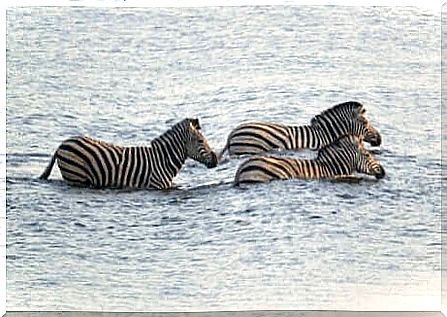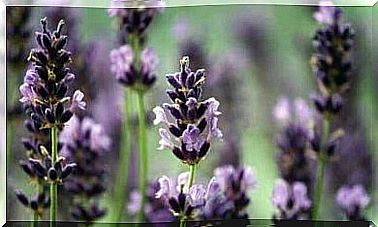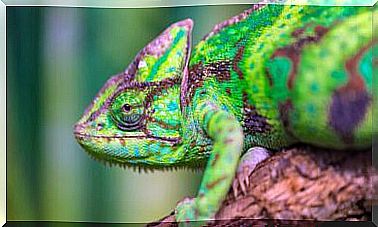Plains Zebra: Characteristics And Habitat

The plains zebra is native to the African plains. It belongs to the genus Equus , within which both zebras and horses are found.
Zebras belong to the Equus quagga species , while horses belong to the Equus caballus species . Today there are three different species of zebra: Equus quagga is the most common and widespread variety.
Characteristics of the plains zebra
Zebras are herbivorous mammals whose diet consists of plants, such as grass, shoots, shrubs, leaves, bark and fruit. This type of feeding allows them to clean up their stomachs. As for their physiology, they have a broad body with short legs and are medium in size and weigh between 350 and 380 kilos.
The peculiarity of the zebra basically lies in the black and white stripes that cover its body. All subspecies of zebra possess these vertical stripes on the front of the body.
As you proceed towards the rear, however, they become horizontal. The populations of the north have narrower and more defined stripes. Those in the south, on the other hand, have fewer stripes on the back.
Zebras are social animals that live in small groups and protect each other. If an individual in the pack is attacked, the family comes to their aid. The animals form a circle around the threatened individual and try to scare off predators.

Habitat of the plains zebra
Plains zebras live on the African continent, in different types of habitats: African savannah, jungles and grasslands. Their position varies from sea level to 4,300 meters high (for example, on Mount Kenya), in Kenya. However, they are not found in rainforests, deserts, or sandy woodlands.
Zebras live in groups, in which there is a stallion, several females and their cubs. Although each group lives in specific areas, they gather at certain times of the year. When they do, they move in groups like flocks.
Their home varies over the seasons, as it depends on seasonal changes in vegetation. The size of the area in which they live varies according to the place they occupy. Furthermore, these areas are different from those occupied by groups living in national parks.
In some regions, flocks are separated by natural barriers or marginal habitats and form subpopulations covering different areas. The space they travel is greater in dry periods, due to the lower availability of resources offered by the environment.
Migration
In the ecology of the zebra the migratory process takes on considerable importance. It has been observed that zebras migrate throughout the year, coinciding with the alternation of the different seasons. Migration begins in the rainy season and the daily movement depends on some factors, including the rate of precipitation.

The goal of this migration is the search for resources. One of the most conspicuous emigrations takes place in the Serengeti. However, not all herds of zebras migrate. Some herds or groups of zebras react differently to changes in climatic conditions.
Furthermore, zebras are able to modify their migration patterns to adapt to possible adverse conditions or to cope with the need to find new resources. However, the presence of fences along their path limits the range of expansion of the populations.
Threats
Among the threats that zebras are forced to face, the following should be noted:
- Agriculture and aquaculture.
- Livestock.
- Use of biological resources, such as the capture of land animals.
- Human disturbances and intrusions, such as wars, civil unrest or military practices.
- Climate change, which, combined with a harsh climate, results in drought.
- Hunting. The skin of the zebras is one of the main attracting reasons for hunters.
There is an important trade in African animal skins, which inexorably leads to the disappearance of the various species. An obvious example is the quagga subspecies , which disappeared during the 19th century due to human intervention. It was the first subspecies of zebra to be described and was characterized by the fact that the back of its body was devoid of stripes, but instead had a brown hue.
Unfortunately, populations are dwindling nowadays and the classification of zebras on the International Union for Conservation of Nature (IUCN) Red List is ” Near Threatened ” (NT ).









